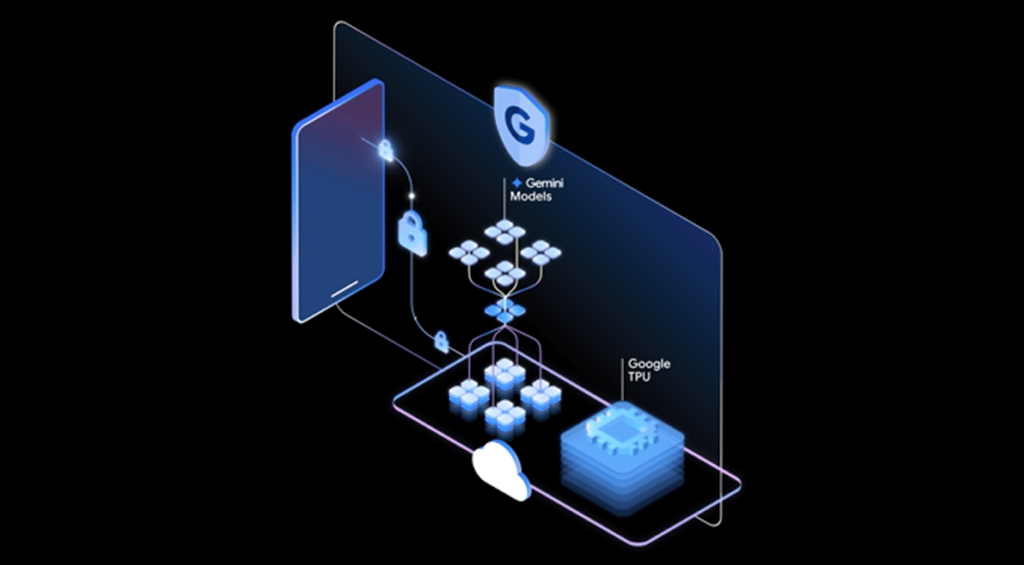Datamation content and product recommendations are
editorially independent. We may make money when you click on links
to our partners.
Learn More
by David Linthicum
Cloud Storage and Backup Benefits
Protecting your company’s data is critical. Cloud storage with automated backup is scalable, flexible and provides peace of mind. Cobalt Iron’s enterprise-grade backup and recovery solution is known for its hands-free automation and reliability, at a lower cost. Cloud backup that just works.
SCHEDULE FREE CONSULT/DEMO
It’s fun to do. Connect some sensor to your body and monitor any number of vitals, including heart rate, respiration, blood pressure, calorie consumption, etc. Then, track these things over time to determine patterns such as weight loss, reduction of heart rate, or reduction of blood pressure.
The data typically goes into a smartphone, and is retransmitted up to some remote cloud-based database where you can tell anything from the true benefit of today’s workout, or your likelihood of having a heart attack in the next year. I guess you have to take the bad news with the good.
Called health telemetry, this area of focus resulted in several new technology advances over the last several years. What drives these advances are mostly the rise of the cloud, mobile devices, the drop in prices, and the non-invasiveness of sensor technology.
Indeed, as I write this article, human bodies all over the world are spinning off gigabytes of data for one purpose or another… either monitoring exercise sessions to determine degrees of improvement, or perhaps working with their doctor to diagnose some health issue. Indeed, tonight I’m going to the gym with a Bluetooth-enabled heart rate monitor that talks to a phone and can track distance through a GPS.
At the end of the day, we’re becoming a nation of connected human bodies. I started my connection several years ago by monitoring my workout, tracking both heart rate and speed while running or biking. While the information was once kept in my watch, now it goes to my iPhone using a monitoring application that gathers and uploads the information to a centralized cloud-based system so I can track my progress over time.
Today we see much more information being monitored and stored in centralized cloud-based servers. From this information, we can derive many relevant patterns, including patterns you may not like to hear about. For instance, the process of gathering heart rate, respiration, and blood pressure data in health analytics applications can determine the likelihood that you’ll develop some chronic health problem, or perhaps indicate if you already have one. The applications do this by comparing your data with existing known patterns that lead to specific conclusions.
By gathering this data over time, it’s actually more telling than a yearly physical. The applications monitor vitals for a much longer period of time, and thus have a better understanding of how your body reacts to exercise, sleep, stress, etc., or perhaps the onset of disease. Doctors can do more with this data, and perhaps make better diagnoses and provide better treatments.
The mechanisms are easy to define. By using sensors that appear as harmless as a wristband, we’re able to pass data to massive databases. These are transactional databases that record ongoing events, as well as massive big data systems that collect this data into a single logical location for data analysis. This includes searching for key patterns, matching those patterns with known patterns, and even providing predictive analytics on the likelihood of continuing patterns.
The use of the cloud makes this all too easy, considering that massive amounts of compute power can be had for a few dollars an hour. There is really no upward limitation on the speed that our health telemetry data can be analyzed, or for what purpose.
The benefits are clear. However, it seems to me that it’s one thing to migrate our sales data to the cloud, but another thing entirely to send our health data there. The core question becomes: Are we ready to connect our bodies to the cloud?
There are two schools of thought regarding that question. First, pretty much the one I already presented around the personal benefits of monitoring our bodies, along with our physicians, and thus being able to find things that may not be found in routine physical exams.
Moreover, we have the ability to gather data to better understand cause and effect issues regarding our health. For example, the ability to identity new patterns that lead up to heart attacks or strokes would raise alerts if those patterns were spotted in other people. Imagine if you got an alert on your phone that said, “A pending heart attack has a 40 percent chances of occurring in the next 30 days, based upon existing patterns in your health telemetry data.” Perhaps that will get you to put down the bacon.
The second school concerns the privacy issues around sharing our personal data. I once went to see a doctor for a cracked rib that I received while playing semi-pro football years ago. It was reported to my health insurance company, which reported it to my long-term disability insurance company, which quickly cancelled me after they understood the additional risk.
Could the same thing happen with our personal telemetry data, once transmitted to third party databases and thus out of our control? While there are regulations around PII (personally identifiable information), with all of the shenanigans that happen right now around data monitoring, and the lack of cross-border enforcement, this information could likely end up in the wrong hands if it’s not closely governed and secured.
The use of ammonized data would be the likely answer for this situation, but there really are no guarantees that your data won’t end up coming back to haunt you at some point in the future. This might manifest itself as higher insurance rates or not being hired for a job.
The use of healthcare telemetry data has some real opportunities, including the ability to save many lives. However, this technology quickly comes down to data management, governance, and security problems that need some planning before the use of telemetry data becomes commonplace. I guess it always boils down to the data.
David Linthicum is SVP at Cloud Technology Partners.
Photo courtesy of Shutterstock.
-
Huawei’s AI Update: Things Are Moving Faster Than We Think
FEATURE | By Rob Enderle,
December 04, 2020
-
Keeping Machine Learning Algorithms Honest in the ‘Ethics-First’ Era
ARTIFICIAL INTELLIGENCE | By Guest Author,
November 18, 2020
-
Key Trends in Chatbots and RPA
FEATURE | By Guest Author,
November 10, 2020
-
Top 10 AIOps Companies
FEATURE | By Samuel Greengard,
November 05, 2020
-
What is Text Analysis?
ARTIFICIAL INTELLIGENCE | By Guest Author,
November 02, 2020
-
How Intel’s Work With Autonomous Cars Could Redefine General Purpose AI
ARTIFICIAL INTELLIGENCE | By Rob Enderle,
October 29, 2020
-
Dell Technologies World: Weaving Together Human And Machine Interaction For AI And Robotics
ARTIFICIAL INTELLIGENCE | By Rob Enderle,
October 23, 2020
-
The Super Moderator, or How IBM Project Debater Could Save Social Media
FEATURE | By Rob Enderle,
October 16, 2020
-
Top 10 Chatbot Platforms
FEATURE | By Cynthia Harvey,
October 07, 2020
-
Finding a Career Path in AI
ARTIFICIAL INTELLIGENCE | By Guest Author,
October 05, 2020
-
CIOs Discuss the Promise of AI and Data Science
FEATURE | By Guest Author,
September 25, 2020
-
Microsoft Is Building An AI Product That Could Predict The Future
FEATURE | By Rob Enderle,
September 25, 2020
-
Top 10 Machine Learning Companies 2020
FEATURE | By Cynthia Harvey,
September 22, 2020
-
NVIDIA and ARM: Massively Changing The AI Landscape
ARTIFICIAL INTELLIGENCE | By Rob Enderle,
September 18, 2020
-
Continuous Intelligence: Expert Discussion [Video and Podcast]
ARTIFICIAL INTELLIGENCE | By James Maguire,
September 14, 2020
-
Artificial Intelligence: Governance and Ethics [Video]
ARTIFICIAL INTELLIGENCE | By James Maguire,
September 13, 2020
-
IBM Watson At The US Open: Showcasing The Power Of A Mature Enterprise-Class AI
FEATURE | By Rob Enderle,
September 11, 2020
-
Artificial Intelligence: Perception vs. Reality
FEATURE | By James Maguire,
September 09, 2020
-
Anticipating The Coming Wave Of AI Enhanced PCs
FEATURE | By Rob Enderle,
September 05, 2020
-
The Critical Nature Of IBM’s NLP (Natural Language Processing) Effort
ARTIFICIAL INTELLIGENCE | By Rob Enderle,
August 14, 2020
SEE ALL
CLOUD ARTICLES







